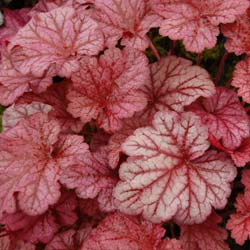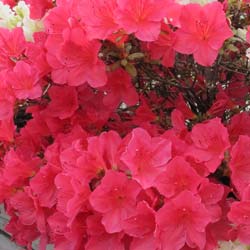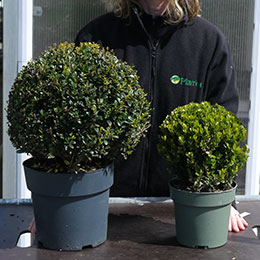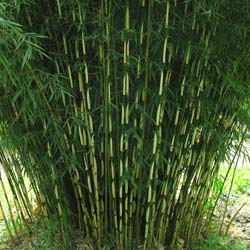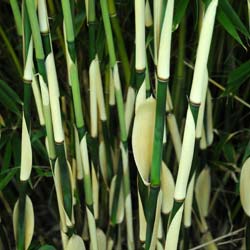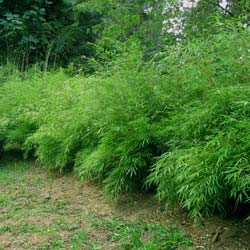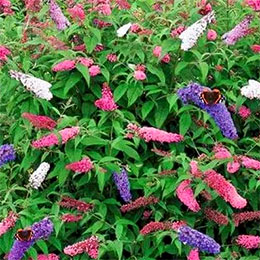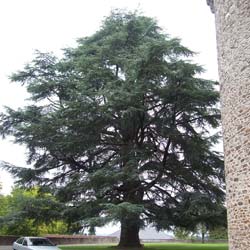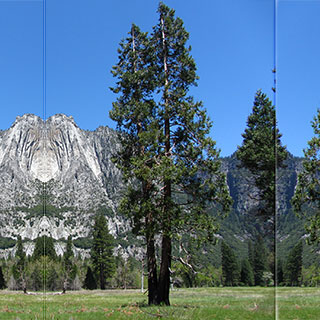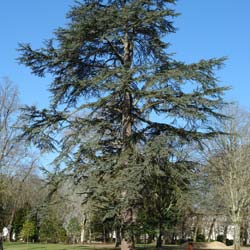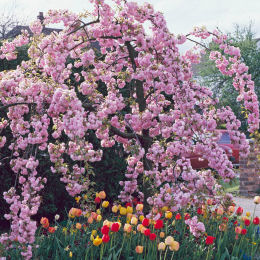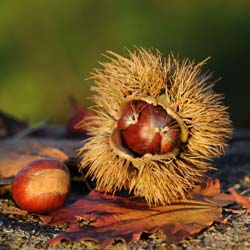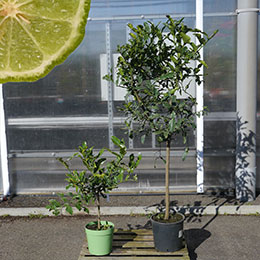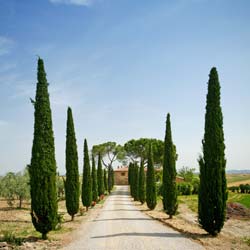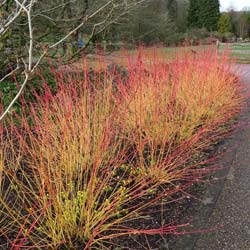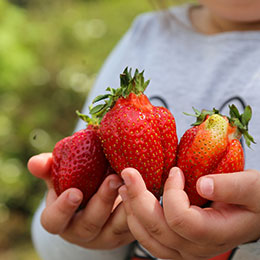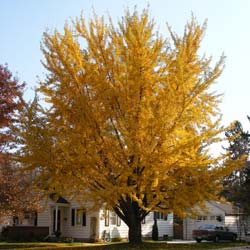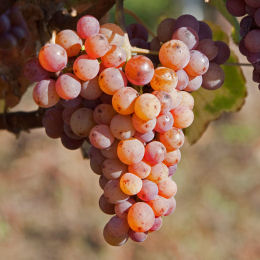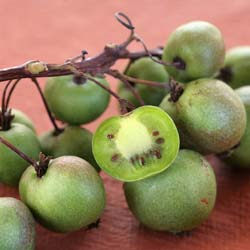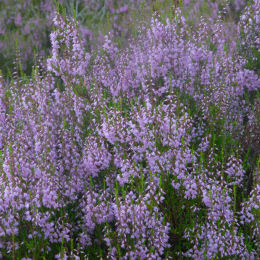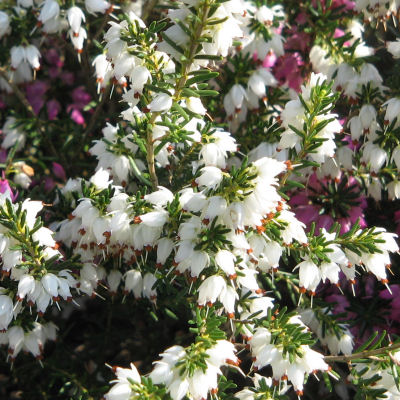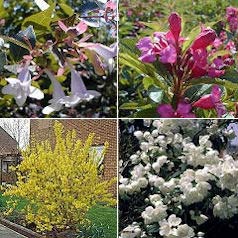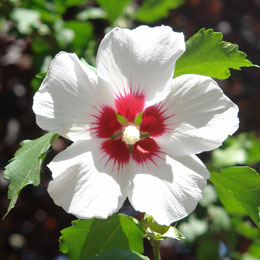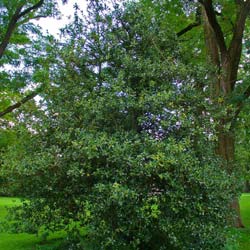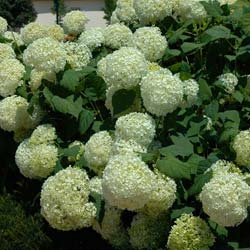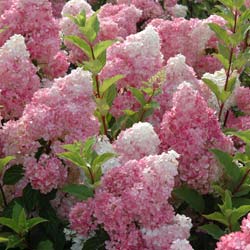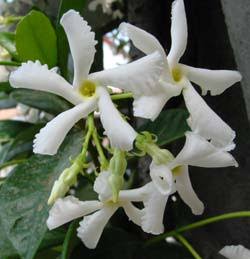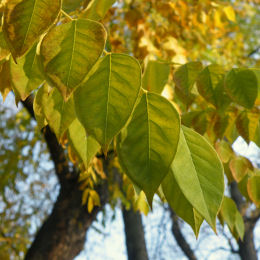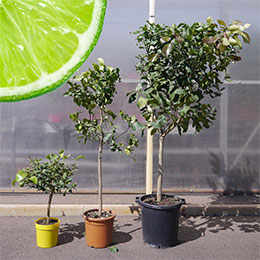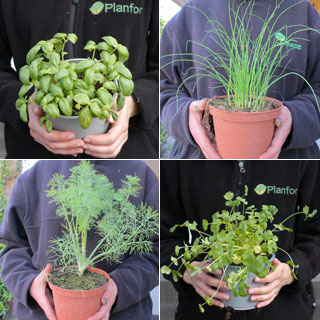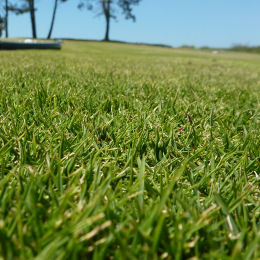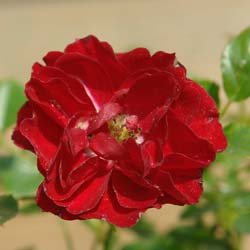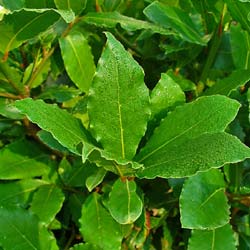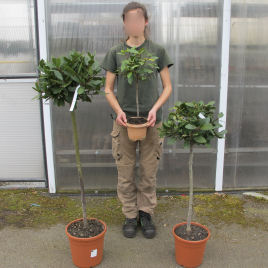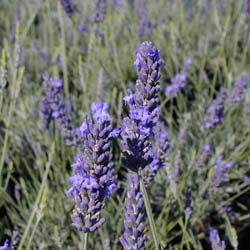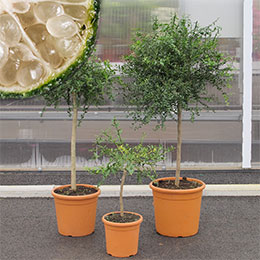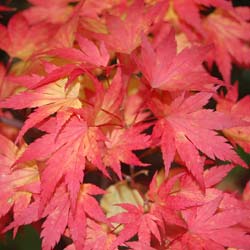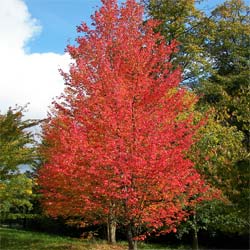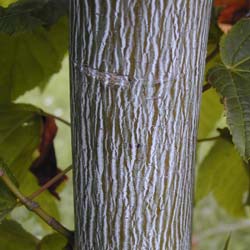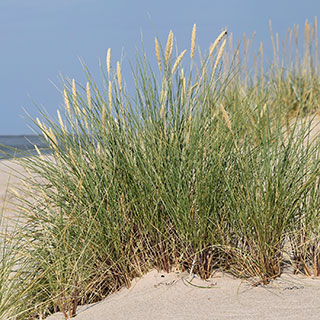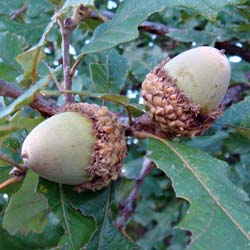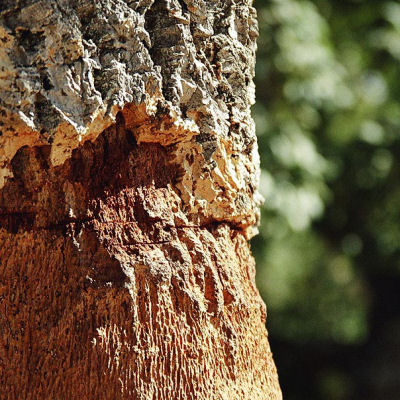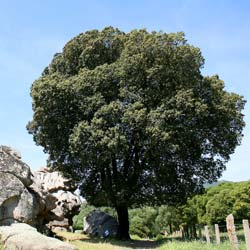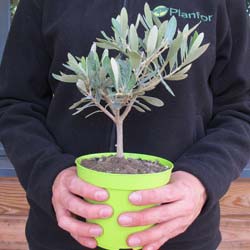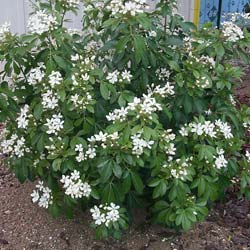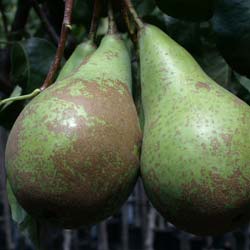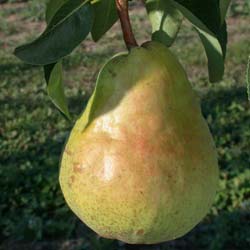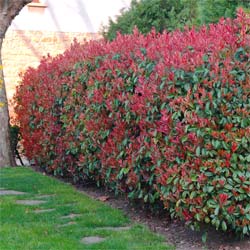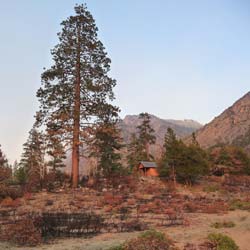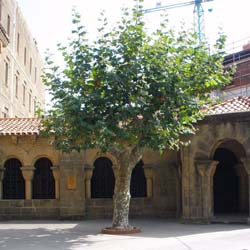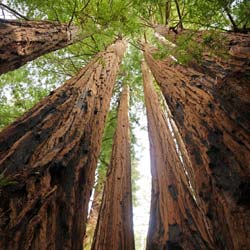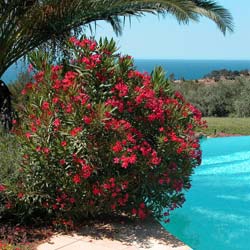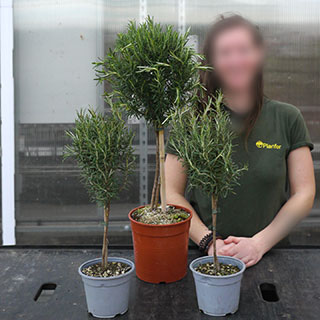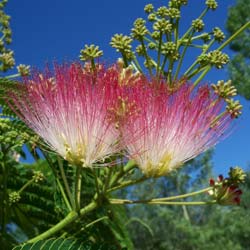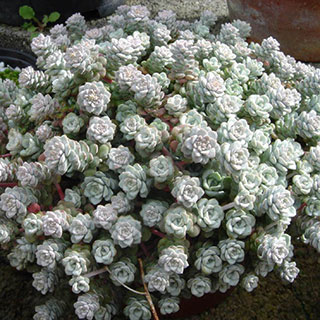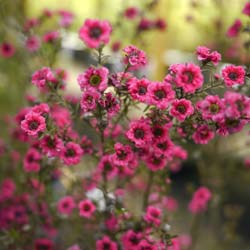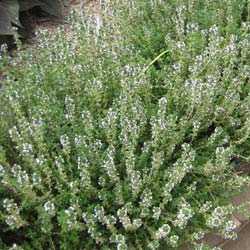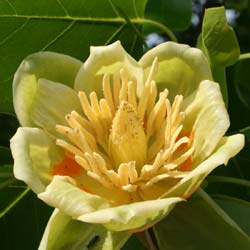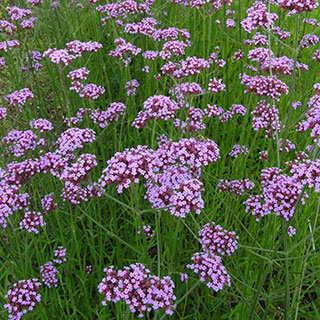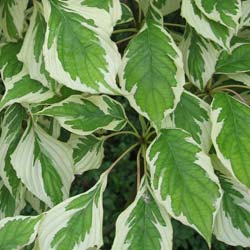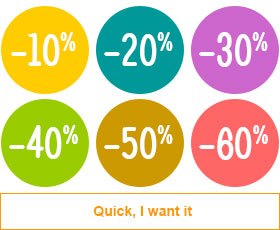Why water ?
• Why water ?
• Watering a hedge
• Watering plants in the ground
• Watering house plants or potted plants
• Recovering rainwater
We hear a lot about how to garden without watering and about water restrictions. Watering your garden is sometimes indispensable but at other times, it is not. It is important to learn when it is necessary; this way you can only water the plants that really need it!

Plants in pots
They are restricted by the volume of the pot. For them it is not a question of searching for water elsewhere, unless of course they manage to get their roots outside via a drainage hole in the pot, which is not desirable for a number of reasons. You must therefore regularly water pot plants. Often the budding gardener asks the question "how often". The reply is not difficult: there is no rule on how often; it is simply when the plant is thirsty! If it has rained then the soil will be wet and if the plant has a good amount of soil in its pot, you do not need to rush to water it. If however, the weather is hot or there is a lot of wind then regularly check the soil. If it is dry to the touch then it is a good idea to wet it a little.
Young plants
A young plant that has a small root ball has very little chance to look for nearby water. Very quickly, it will start to send out roots to search the surrounding soil (as long as the earth has been well dug). However, at the start, just as if it were in a pot some additional watering will be helpful whilst it waits for its roots to work their way through the soil. Even plants that do not need watering once they reach adult size can do with a helping hand during the first year.
Compacted soil means bad watering
How a soil has been prepared has a big effect on how water runs through the soil and therefore how sensitive the plants will be to a lack of water! When the soil is compacted, it acts like a wick: on the surface water evaporates with the sun and wind, this causes water to be sucked up from below. In a well aerated soil, this wicking effect does not exist. The soil surface will still dry out but because the soil is not compacted the water below is not pulled up. Hence the old proverb" a good hoeing is worth two waterings". In reality, hoeing (which involves breaking up the soil surface and lightly decompacting the earth) is not worth two waterings but it does avoid the need to use large amounts of water. Simply hoeing around the base of a thirsty plant will not solve the situation! When it has been watered, it will effectively increase the interval before it needs watering again.

Over watering...
Always be careful not to over water. Excess water is the worse thing. Too much water will cause the roots to rot and asphyxiate them. The plants will turn yellow and grow less. Hedging plants such as euonymus and elaeagnus can also lose their leaves. In this case, restrict the watering and improve the drainage around the base so that the water flows freely through the soil.
By watering too often, you run the risk of the plant becoming too dependent on irrigation. This is particularly true with a lawn. If it is regularly watered, a plant does not need to search for water deep in the soil, it simply lives on what you give it by using the roots near the surface. Then when there is a drought, or you stop watering... it is a disaster for the plant! The soil dries out on the surface and the plant that was dependent on third party watering dies. However, a plant with deeper roots that has been properly "weaned" will pass a much better summer!
















